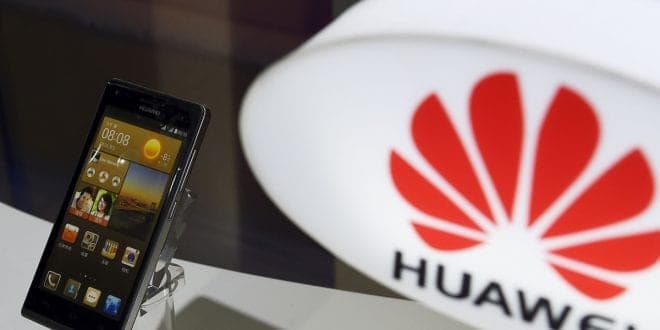Given up for dead after being slammed with the US ban, Huawei’s seems to be back on track, bigger and meaner than ever. Thought blackballed by every major electronics license holder from the United States, the company has somehow managed to redeem itself in the eyes of the Wi-Fi, SD, and Bluetooth Alliances. Huawei refused to offer any details on how the deal went down, but we can safely assume that the negotiations were not a walk through the park.
Does this mean that Huawei can use Android?
Unfortunately, Google remains steadfast in its decision to rescind Huawei’s Android license, as per President Trump’s order, it would seem that not all are willing to partake. Recently, the Shenzhen-based company has announced that a trade deal has been struck with Bluetooth SIG, the SD Association, and the Wi-Fi Alliance; the trifecta of small electronics.
Although we can only assume that the negotiations were rough, there’s some good news for consumers – considering that Huawei managed to rekindle the flame with the Alliance it means that the Chinese phonemaker will still be able to produce units that use SD cards, Wi-Fi technology, and Bluetooth.
Should the Alliances been as adamant as Google, Huawei would have a hard time researching alternatives for the above-mentioned technologies.
Meanwhile, Huawei’s pushing towards gaining a foothold in the telecom market. Soon enough, the Chinese telecom company will gain enough momentum as to sever all ties with everything that the US has to offer in terms of technology.
Even now, Huawei is its way to launching its own operating system. Called the HongMeng or the Ark, Huawei’s take on the Android ecosystem was to be plan B in case something would go wrong.
According to the company, the OS has been in development since early February, but Huawei opted not to deploy it since it was easier to work with Android and, of course, Windows.
With the trading agreement in place, Huawei can now focus on things like finding a suitable replacement for ARM technology. Without it, their Kirin processors will not be able to work with Windows or similar operating systems.
All in all, we can state for the fact that the Chinese phonemaker is on its way to getting back on its feet. It’s true that there are still many challenges ahead, but nothing seems to stop Huawei from making a difference when it comes to telecommunications.
Wrap-up
With the deal in place, Huawei will be able to use indispensable techs like Wi-Fi, Bluetooth, and SD cards. It’s still uncertain how the future phones will look considering that most Huawei phones are Android spin-offs.
Will HongMeng mirror Android, or will it be something totally different and unexpected? As for apps, we can only hope that the trumpeted partnership between Aptoide and Huawei will give birth to something capable of giving Google Play a run for its money.
Still, the upcoming talks between China and the United States may very well put an end to this strife. So, what are your thoughts on Huawei’s latest move? Head to the comments section and let us know.
 Cyber Security Magazine
Cyber Security Magazine





